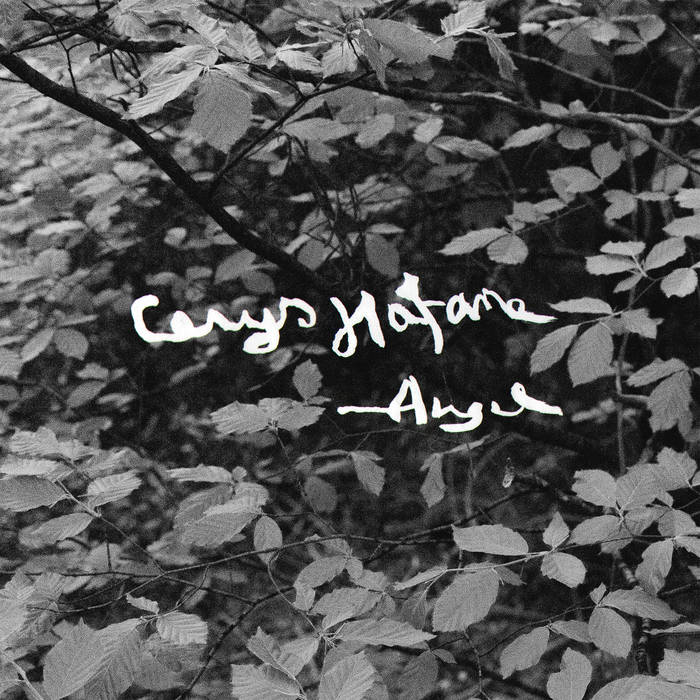The harp stands out for its dignity, unique construction and rarity. Unlike more common instruments such as the violin, guitar or piano, the harp is difficult to acquire and transport and requires dedication to play. What truly distinguishes it is how the sound is produced: on a piano, hammers strike strings; on a violin, a bow is drawn. For the harp, the musician directly plucks the strings with both hands, and each note’s tone and character depend on position, technique and force.
The triple harp introduces added complexity to the harp family, building on the harp’s unique qualities. To see this, consider the modern pedal harp, which features a single row of strings and seven pedals for adjusting pitch. This setup allows for easy key changes and the performance of complex pieces. Its sound is full and powerful, making it the classical and concert standard: modern, versatile and designed for easy play. This distinctive sound and construction have shaped how the triple harp is used today. As a result, two main trends dominate: early and Baroque music in small Italian circles, and a Welsh tradition that has endured and grown. Few professionals have specialised in the triple harp; only recently have a handful performed it full-time.
One contemporary specialist of the triple harp is Cerys Hafana, a young Welsh musician who happened upon the instrument and soon became passionate about it. By age 14, they mastered most of the Welsh triple harp repertoire and began composing. Hafana’s second album, Edyf, drew inspiration from a Welsh online archive of two-hundred-year-old manuscripts and notebooks. Melody collectors noted songs heard in local communities; these ballads relayed news before literacy was widespread. Songs published in newspapers helped disseminate information, and now, the archive allows us to search for old tunes by keyword or event from the nineteenth century. This historical connection enriches Hafana’s modern interpretations.
Building on this deep connection to tradition, Hafana has performed mostly solo until now. On their latest album, they expand the lineup, introducing new instruments and voices. Their music transcends folk songs; it is a poignant musical narrative, unfolding in both solo and band arrangements. For example, in ‘O’r Coed’, the harp nearly disappears. A meditative piano motif intertwines with Amie Huckstep’s alto saxophone, Ursula Harrison’s double bass, and Lisa Martin’s percussion, creating a trance-like, minimalist feel. In contrast, the solo piece ‘Drexelius’ focuses on a single motif, where delicate harp string strokes give the story a ritualistic quality.
This evolution in arrangement coincides with a thematic expansion. Nature is an important theme in Hafana’s new album. ‘Carol Mynyddog’ opens with a cappella singing, calling spring and offering universal commentary. The second part intensifies with the band, mixing reflection and hope. Sometimes, just two sentences are enough to convey the point, as in ‘Atsain’. In ‘Ań Dor’, Hafana leads a charged suite. It ends with energetic ensemble playing. In ‘350 Mlynedd’, the harp shimmers, showing both metallic and soft tones. Light motifs pair with quasi-bass strings.
Hafana’s approach to Welsh music is not just rooted in the past but actively shaped by new influences and contemporary styles. Last year, I wrote about Trystwch Y Fenywod’s modern approach to incorporating the Welsh language into music, marked by reverb and electronics. Hafana is immersed in folk and post-jazz, giving the traditional, rooted music a new, magical tone. The original source here is lyrics as well as traditional music, which becomes a contemporary folk tale: the opener ‘Helynt Ryfeddol’ tells the story of an old man who listens to birdsong – the purest music he has ever heard. When he returns home, he discovers that his house has been taken over by other people and that time has passed completely differently. At the end of the album, in the title composition, it is revealed that the bird was an angel and the protagonist had been lost for 350 years. Originally, it was just one track, which Hafana decided to split into two to underline the concept of the story.
This blending of tradition and innovation gives Hafana’s performances a modern fairy tale quality. I saw them playing in Birmingham on the last day of August. It was raining just before the concert and stopped when they started, allowing the sun to emerge from between the clouds. Hafana played, looking somewhere in the space as if there were no here or they were in another world. Perhaps a fairy tale, as this music easily transported us there – in some way, I was not there too.
On Angel, ancient melodies resurrected from centuries ago remain engaging and intriguing, allowing the past to echo in the present. As folk music studies circulated melodies, musicians interpreted them with fresh perspectives. Hafana illustrates how strongly they can resound.


